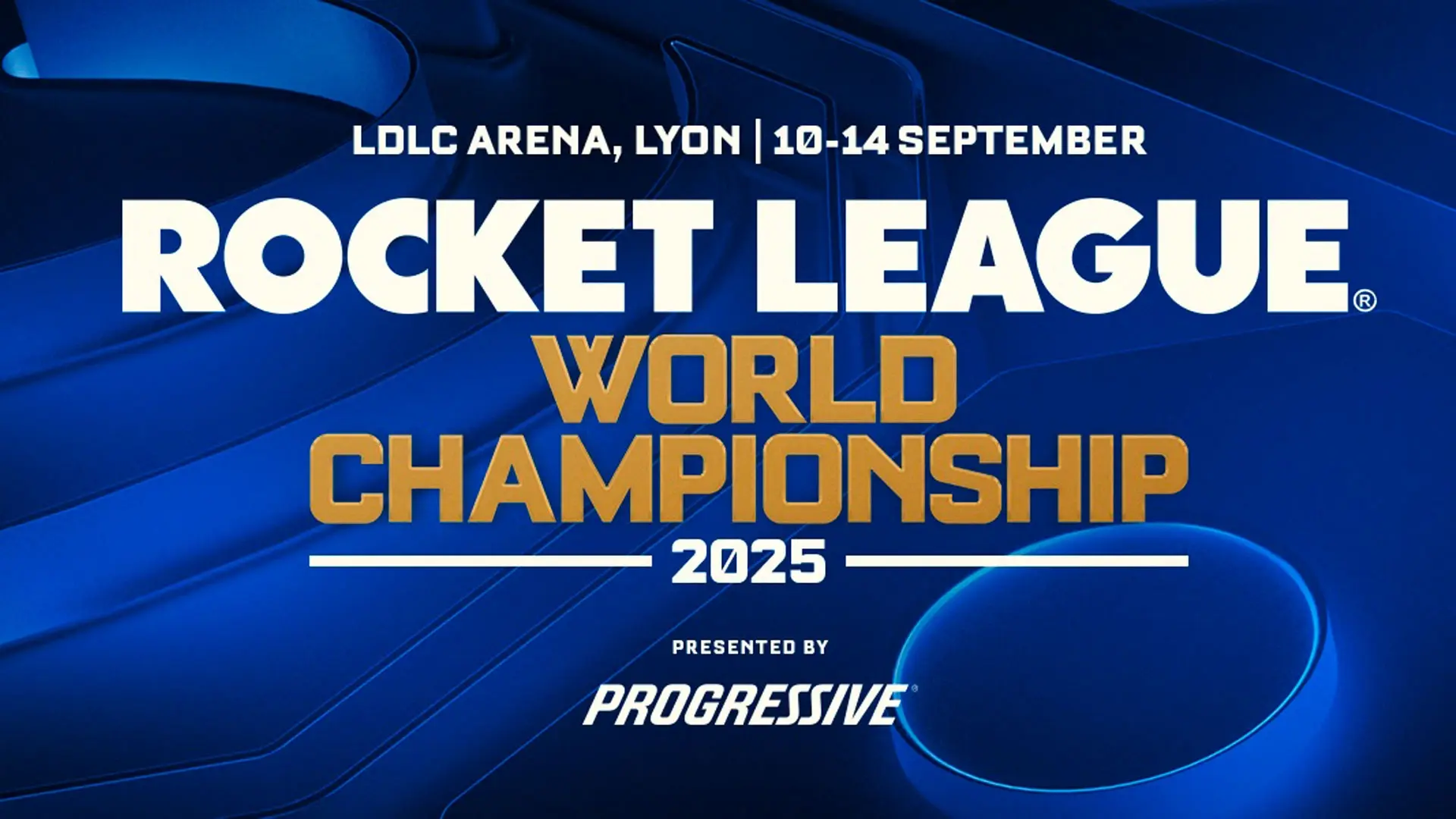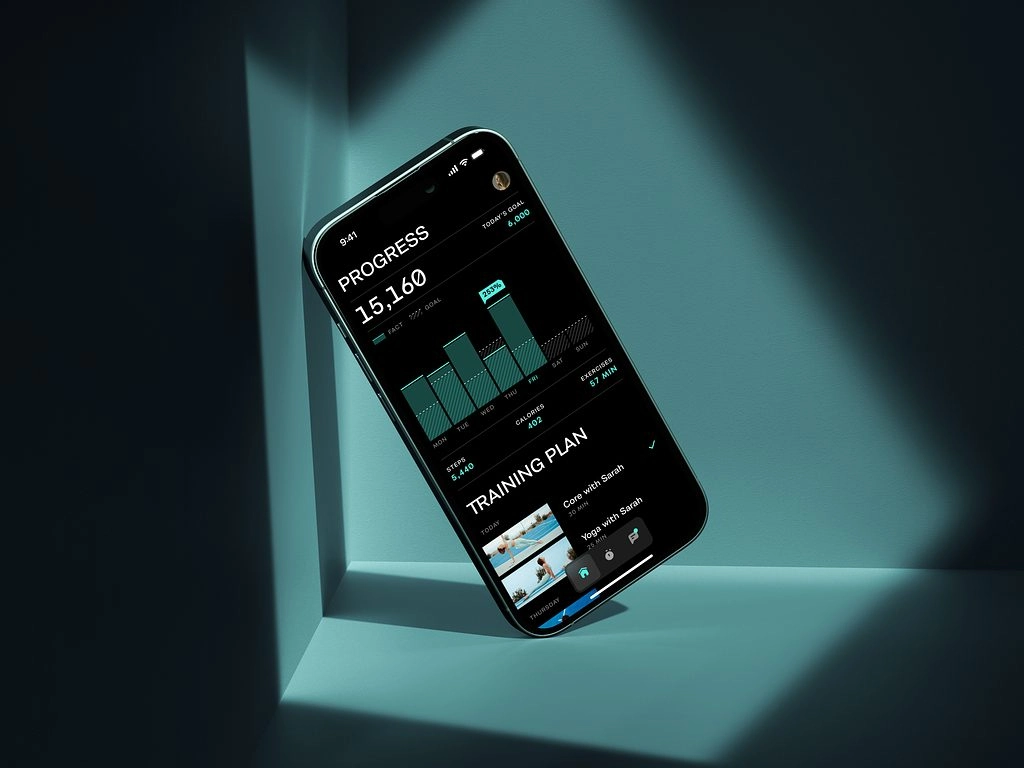The Rocket League Championship Series (RLCS) Worlds is in Tokyo, marking a remarkable milestone as the epicenter of Rocket League competition has returned to Asia. The Tokyo Dome lights up with neon, as the fierce activity on the pitch competes with the pros doing wall and ceiling defying shots. The screams from the crowd make the players feel the need to push the boundaries of flying, and every sensical aerial maneuver comes with the stress of playing LAN, where every second matters and is captured in the glory or despair of the crowd’s screams.
Tokyo hosting RLCS Worlds make it the epicenter of the global Rocket League community. The shift to Asia after Europe and North America marks the comprehensive growth appeal of the game. Their skyline showcases the futuristic flavor of the game and the technology that goes into it, the sponsoring region gets to add their culture, shuriken trophies, cosplay, everything adds to the charm of the event.
The game stadium is lively like electricity. Every fan all over the continents has gathered at the stands, holding LED banners and singing their team songs. The first experience is both exciting and stressful for the majority of teams: there’s something new to hear – loud cheers, camera clicks at each goal, and constant buzz of anticipation. This is the same reason why ‘ordinary’ LAN matches are turned into career-defining highlights.
Mastering the Ceiling Wheel Movement: High-Flying Mechanics on Display

A core part of the Rocket League spectacular are ceiling shots which are these high flying acts where a player drives up a wall then does a 360 degree spin to the ceiling and is able to explode off the ceiling while guaraneteeing that the ball is hit with laser like precision. Gasps are heard from Tokyo crowds every time a ceiling shot is performed because of how difficult it is. These aerial assaults have been deployed by both underdogs and titans during the group stages in order to change the momentum within seconds.
Executing a ceiling shot under LAN pressure requires neurological precision in both timing and spatial awareness. A vicious redirect will cause camera shake and disorientation, even for the best of the pros, but today’s meta tends to focus on advanced mechanics training. Players tend to spend countless hours on custom training packs that mimic matches, effectively engraving the needed pathways to function under stress into their brains. In-ceiling shots have turned from highlight-worthy strats to seamless maneuvers in the flow of teamwork that anticipate and overcome defensive rotations during Tokyo’s final floors of the tournament.
Overcoming LAN nerves: the unsung mental game away from the ball
Equally as important as the nerves under LAN are during ceiling shots, the shift from online qualifiers where players utilize a headset to the blinding lights and reverberating bass of a full arena requires mental seasoning. For even the most seasoned of players, the first moments on stage will always remain striking: an almost paradoxical disconnect between what’s intended and executed is felt, yet with so much experience, it somehow still feels like the is the first time in the arena.
To help control these issues, almost every team employs sports psychologists and mental coaches. Prefight rituals like breathing exercises, focus-anchoring visualizations, and even short, guided meditations have become commonplace along with bootcamp scrims. Veteran captains pull younger teammates aside and remind them that on the field, they capture their career narrative—and the crowd’s roar is excitement, not judgement. This sort of social scaffolding aids players in accommodating the two personas of an athlete and an entertainer, allowing them to absorb stadium energy and make calm, precise decisions instead of succumbing to panic.
RLCS Worlds Tokyo is Metamorphosing: Tactical Evolutions and Meta Shifts
Alongside the components of an individual’s skill set, mental fortitude, and RLCS Worlds Tokyo showcase is meta in metamorphosis. This season observed the increase of faster kickoffs, tighter rotations, and an overall emphasis on early aggression rather than build up play. Several squads have tested new ideas in Tokyo, combining delay rotation strategies with more daring 50/50 challenges for kickoffs and defensive systems that give up one player’s boost for three-man backfield coverage.
Set plays off the wall have also become a new craze. Analysts on the desk point to “wall dribble flick” setups that shift midfield control into scoring opportunities in less than two seconds, even surprising the best defenders. Coaches consider every match replay for patterns, such as defenders who frequently give up ground shots, and then plan to take ceiling shots on them strategically. This takes endless refinement to achieve through hours of VOD review and interregional scrims, ensuring no singular playstyle draws enough focus to become overly repetitive. In Tokyo, teams that seamlessly adapt to opponents’ stylistic cues and balance patch changes will dominate playoff spots.
Fans’ Passion: The Cosplay, the Street Merch, the Rocket League Subculture from Tokyo

The mix of local Tokyo culture with gaming thinks about might be best exemplified with a gamer standing outside of the venue dressed in a cosplay as a variant character of the Octane, Riptide, or Breakout. Merch collaborations with streetwear brands are not uncommon as they tend to unleash limited edition glow in the dark RC decals alongside “Tokyo Tilt” fan jerseys. Rocket League avid fans are not shy to show off their love using exclusive AR filters that allow them to place RL effects on real-life backgrounds turning social media into a digitally altered Tokyo filled with neon fuelled Tokyo cars.
The incorporation of the audience participation activities—live polling for plays of the game, group flash mob with cell phone lights, and freestyle performances during the halftime break—has permanently placed Rocket League within the realm of spectator sports. Even local Japanese teams were specifically invited for an exhibition match, both to showcase local talent and to promote the global togetherness that esports uniquely provides. For followers who have tuned in through the television sets from their couches, this transcends mere tournament; it epitomizes a fusion of mastery, entertainment, and togetherness.



